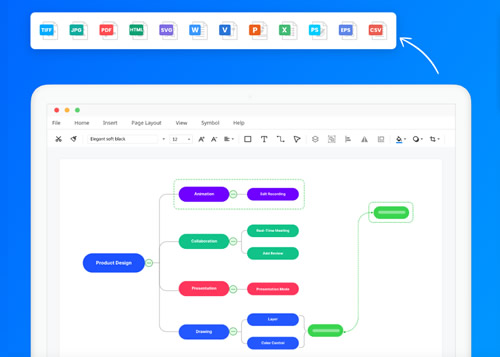Pittelman and Heimlich pointed out that semantic maps are helpful diagrams for students, and it helps them see how concepts or words are related to one another. So, without further ado, let’s discuss semantic mapping with plenty of examples.
What is a Semantic Map?
A semantic map is a structure of information in a graphical form. These maps are also called graphic organizers or webs of words that visually display how categories of words or phrases are related to one another. Semantic maps look like a concept map, but they are more complex. These maps are not a new process, and they have been known as webbing, plot maps, networking, and concept mapping.

Semantic mapping is a visual strategy that expands vocabulary, extends knowledge, and helps students to recall, identify, and understand the words they read in a text.
They are great summarizing tools that allow learners to brainstorm information. Moreover, semantic maps are a tool that teachers use to help students to connect their prior knowledge with new concepts that are to be learned.
Want to Easily Draw Diagrams, Charts & Map?
This all-in-one EdrawMax Diagram Maker is able to create personalized map, charts or diagrams with the convenient drag and drop feature and various pre-made templates. Try this out!
When to Use Semantic Maps?
Since this activity helps students learn, extend, organize, and remember their learning, teachers use semantic maps, especially for struggling students and those with disabilities. Teachers use semantic maps for several purposes:
- To build science vocabulary and concept
- To learn social studies topics
- To define character traits
- To display biographies
- To show vocabulary development
According to Heimlich and Pittelman, the 3 typical applications of semantic maps are:
For General Vocabulary Development
It is the most widely used semantic map as an instructional strategy. This strategy prepares the students to learn, assess, and understand the information they will read.
For Pre and Post Reading Strategy
In this strategy, before students read a particular passage, they think about as many words as possible with the help of their prior knowledge. After reading a story, they add new categories and words to their prior knowledge.
Used as a Study Skill Strategy
In this strategy, students have to design a map of content information based on three basic steps:
- First, the main idea is written on the sheet.
- Next, before reading, students hypothesize the passage's essential parts and label them as secondary categories.
- Lastly, after reading the chapter, the students add all the supporting details and complete the map.
Best Semantic Mapping Examples
Here are some of the semantic map examples that, as a teacher, you can use in your classroom to enhance your students’ vocabulary and improve your teaching strategy.
Weather Semantic Map Example
It is a beginner semantic map from which students can learn about the various weather elements. They can connect and organize their thoughts and ideas related to the topic.

Source: sites.google.com
Transportation Semantic Map Example
This map has broken down three possible transportation types, i.e., air, land, and water.
A student trying to understand "transportation" can be guided with the different forms of transportation that he is familiar with.

Source: mavoigt.weebly.com
If you wonder how to create other maps or diagrams such as mind map, concept map, journey map, flowchart, and more in free way. Try EdrawMax to use pre-made templates and edit by yourself!
Types of Rocks Semantic Map Example
In a science classroom, it would be easy to break it down to let the students understand the different types of rocks.
Moreover, rock is easy to understand, but its different types can be quite challenging to comprehend. Therefore, this map will help students to expand their new vocabulary.
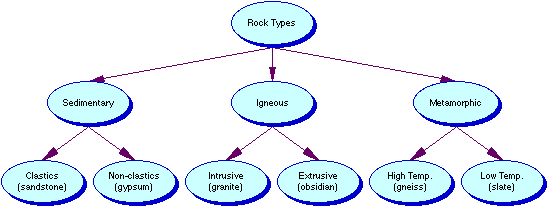
Source: jackhassard.org
Food Chain Semantic Map Example
From this map, students can learn about the cycle of life.
A food chain helps students understand that almost all types of animals are dependent on plants, and the sun is the ultimate source of energy for all the living organisms to thrive.
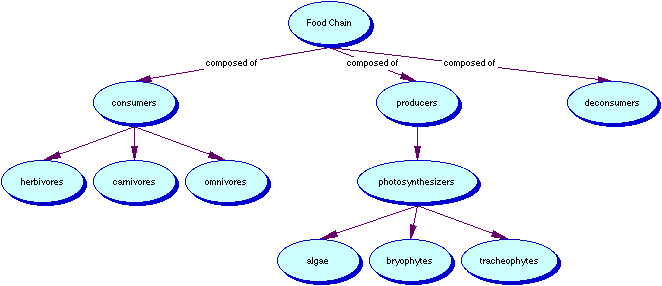
Source: jackhassard.org
Vertebrates Semantic Map Example
The information in this simple map is divided into three levels to make it easy for the pupils to learn and understand the different vertebrates.
The first level consists of five vertebrates levels, the second level provides some information that makes these vertebrates unique, and the third level suggests examples.
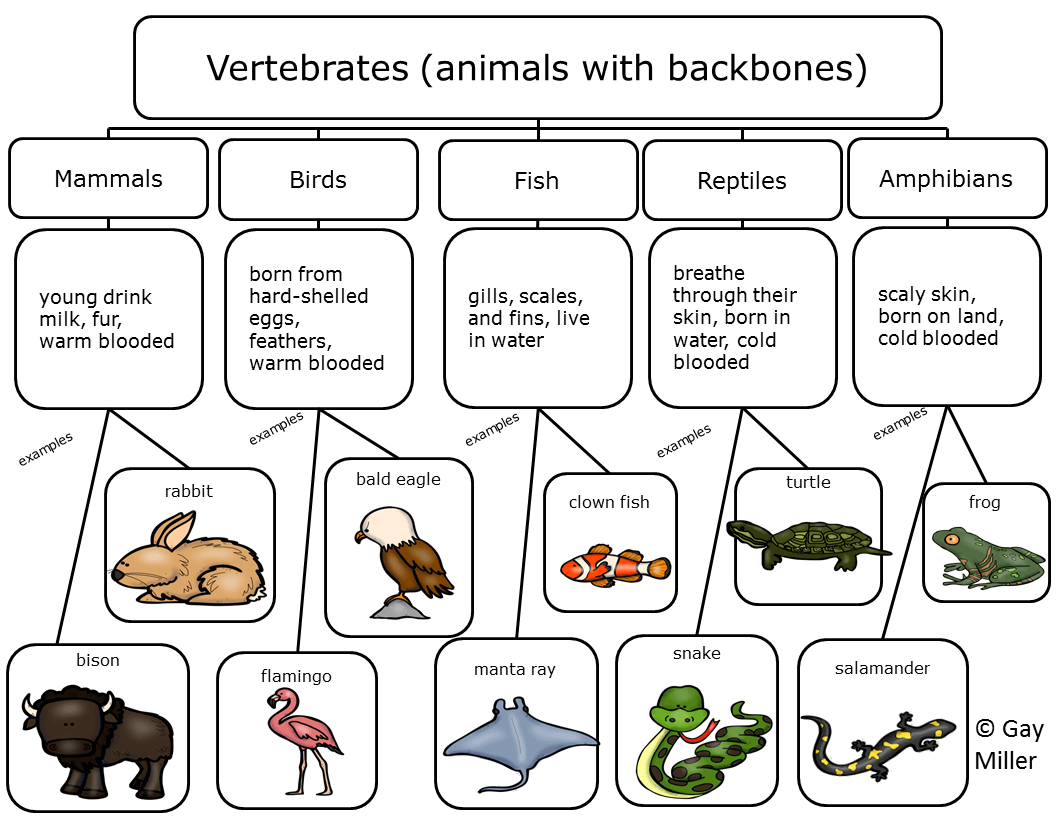
Source: bookunitsteacher.com
How to Create a Semantic Map in Simple Steps?
Semantic maps usually branch out from the center called a node; from these, secondary nodes, and other additional details are added. Now, semantic maps are easy to create, and with the help of EdrawMax, you can create wonderful maps. Here is a semantic map example from which you can learn to create your own.
Build a Semantic Map by Using EdrawMax
Step 1: Launch EdrawMax (desktop version) on your computer. Then you can choose a built-in template or open a blank document to enter the workspace.

Step 2: To create the map, choose any box from the variety of shape choices and begin. Place this box in the center and write the main topic. Add more boxes for additional details.
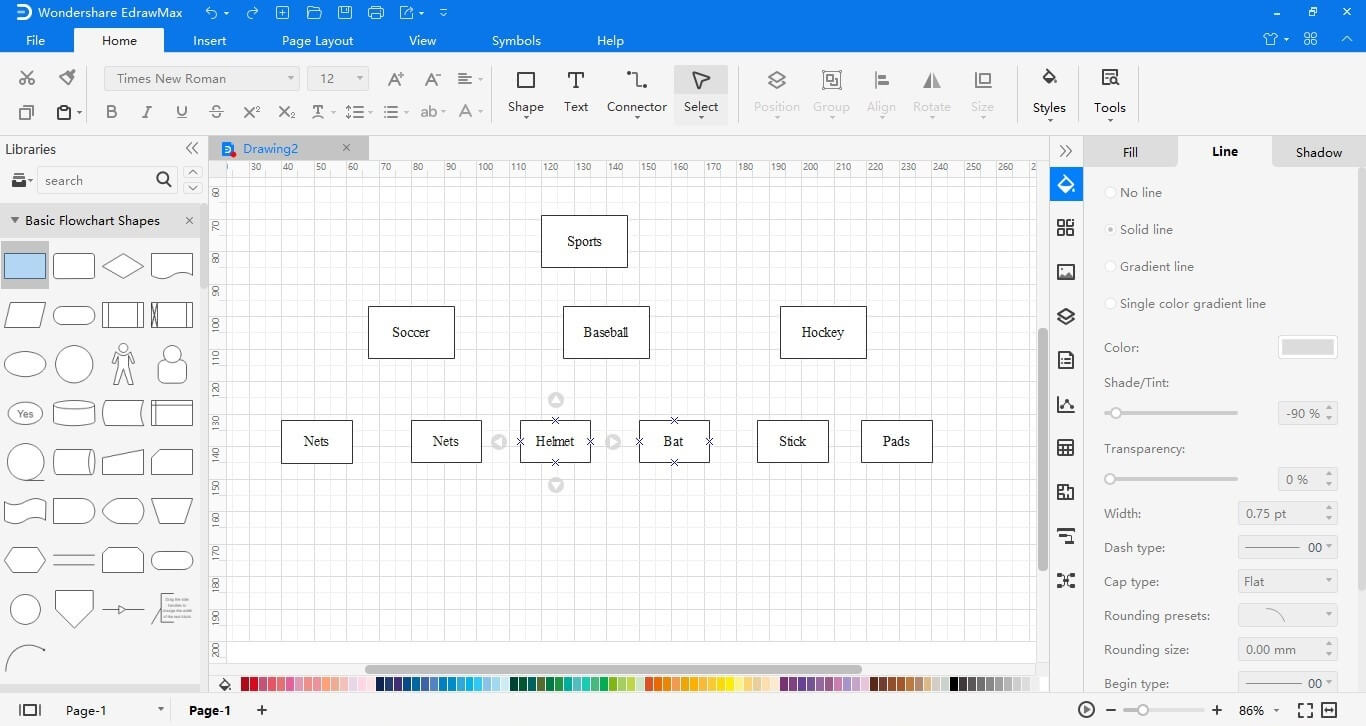
Step 3: Now use lines to connect this central box to the secondary and tertiary nodes.
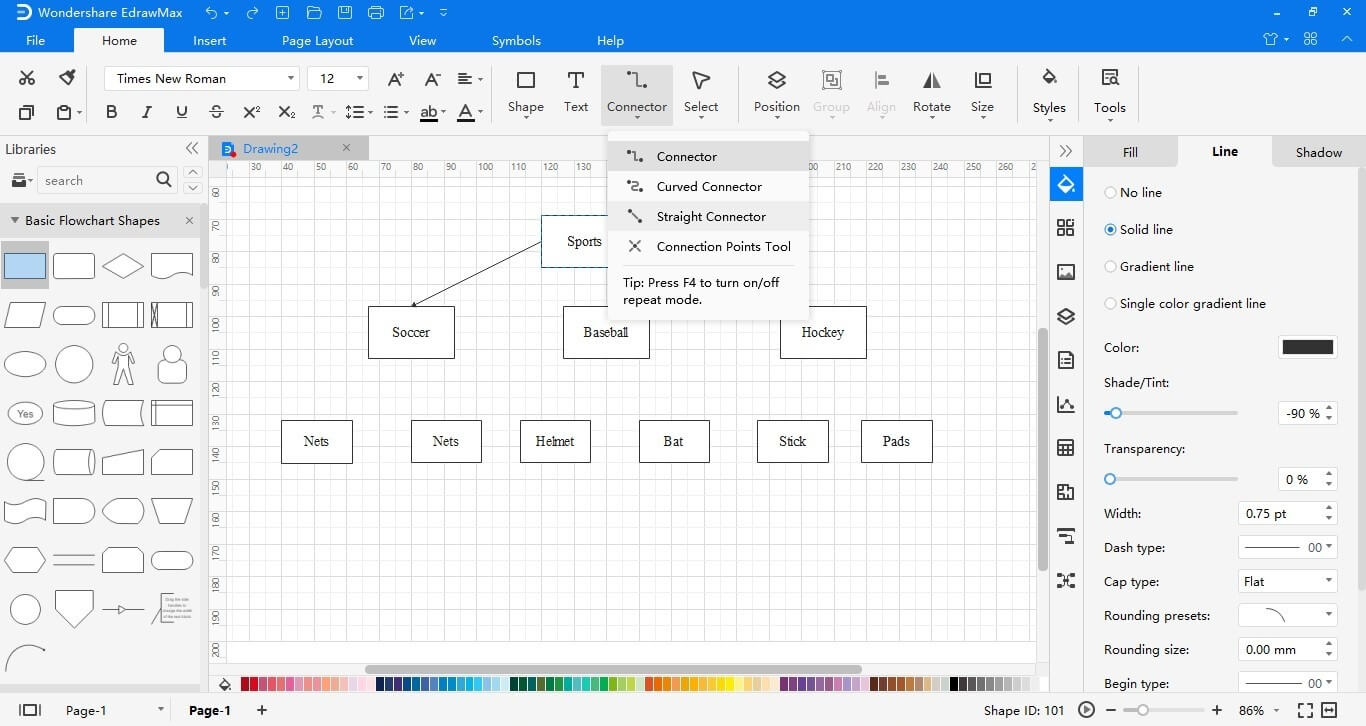
Step 4: Once you are done, press “save” and download your semantic map.
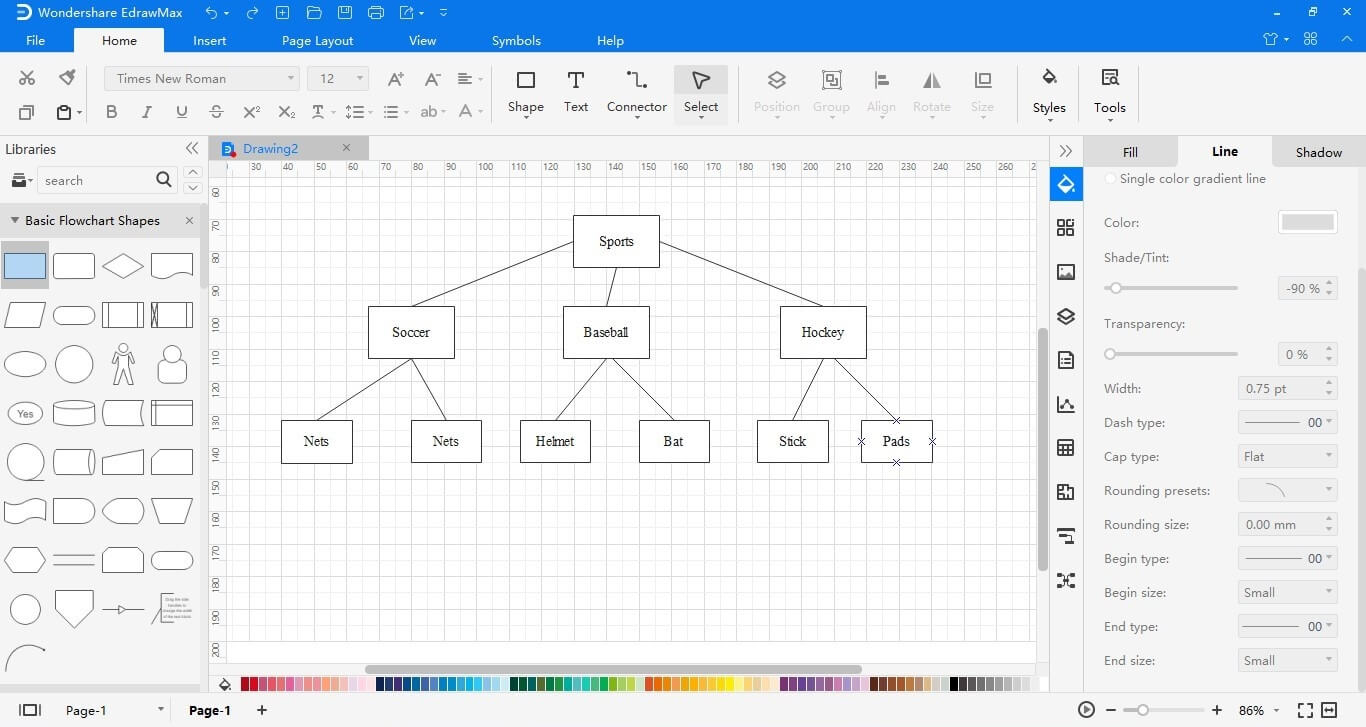
Try EdrawMax Diagram Software to use pre-made templates and edit by yourself!
